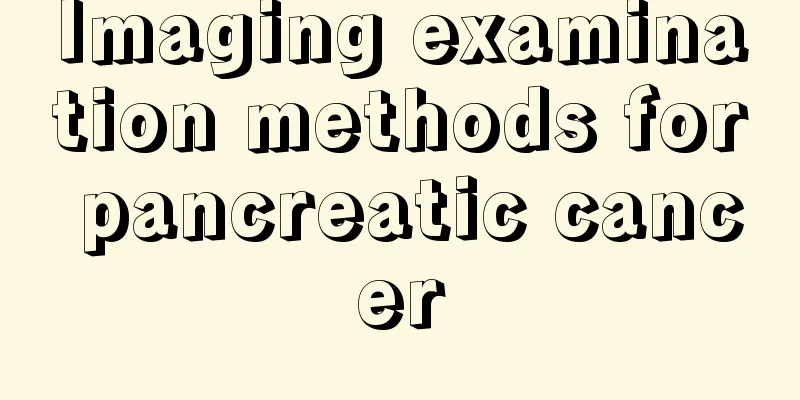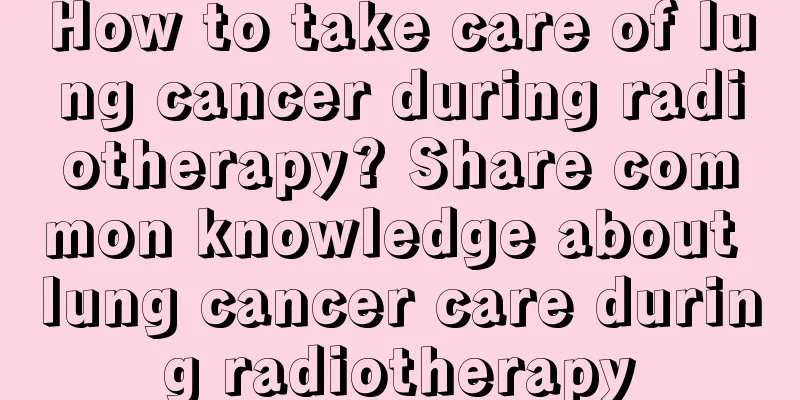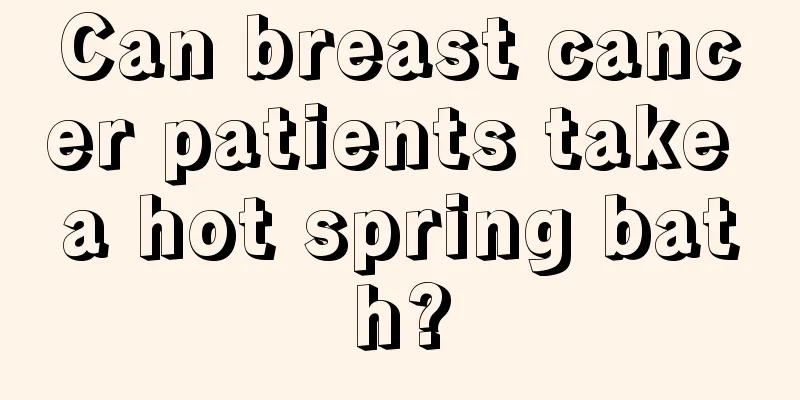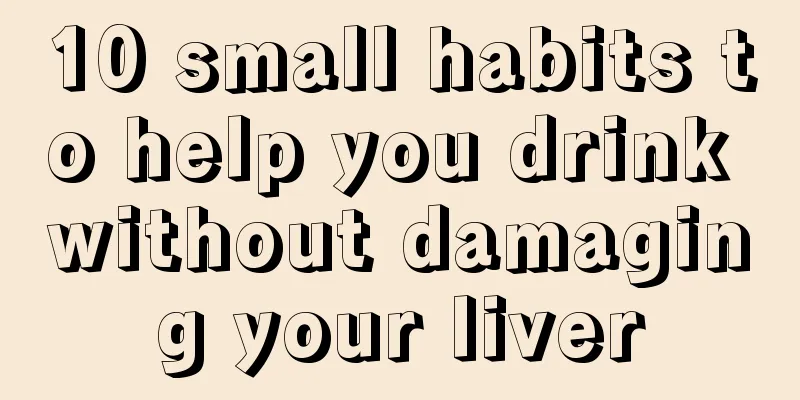What is systolic blood pressure
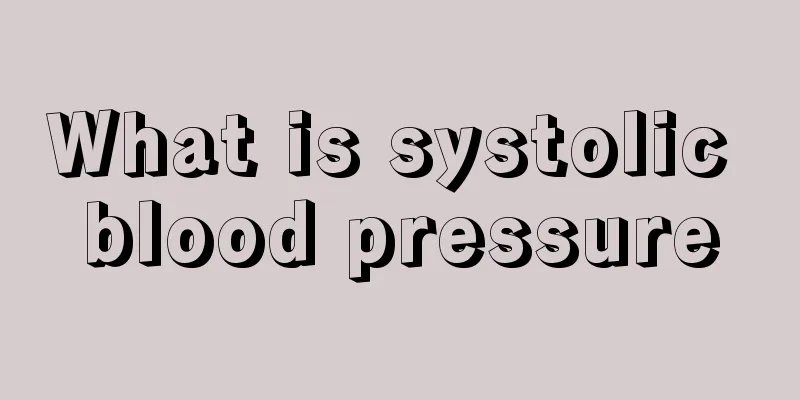
|
The so-called systolic blood pressure refers to the pressure in the arteries rising when the human heart contracts, and mid-systolic blood pressure appears. The greater the pressure in the arteries, the greater the blood pressure, so it is called high blood pressure. Normal people and children have normal systolic blood pressure. If it exceeds the normal systolic blood pressure, it means that you are diagnosed with high blood pressure. What is systolic blood pressure and what are the general measurement standards? Systolic pressure is the pressure in the arteries that rises when the human heart contracts. In the middle of the heart contraction, the pressure in the arteries is the highest. At this time, the pressure of the blood on the inner wall of the blood vessel is called systolic pressure, also known as high pressure. According to the World Health Organization, adults can be diagnosed with hypertension when their systolic blood pressure is ≥140 mmHg or (and) their diastolic blood pressure is ≥90 mmHg. Basic Information General Standards According to the World Health Organization, adults can be diagnosed with hypertension when their systolic blood pressure is ≥160 mmHg (21.3 kPa). Systolic blood pressure ≤130mmHg (18.6kPa) is called normal blood pressure, and that between the two is called borderline hypertension; so-called hypotension refers to the systolic blood pressure of arterial blood pressure lower than 12 kPa (90 mmHg). There are differences in different age groups and genders. Fold to edit this section Clinical significance Systolic blood pressure is of great clinical significance. There is a type of hypertension called systolic hypertension, which means that the diastolic blood pressure is normal but the systolic blood pressure is increased. Among various types of hypertension, increased systolic blood pressure is the most common and more difficult to control. Clinical observations have found that a simple increase in systolic blood pressure with aging makes stroke and acute coronary events more likely to occur. Therefore, doctors will pay more attention to the patient's systolic blood pressure in clinical practice. In recent years, a large number of epidemiological, evidence-based medicine and clinical studies have confirmed that the harm caused by systolic hypertension may be greater than increased diastolic blood pressure. The so-called isolated systolic hypertension refers to hypertensive patients whose systolic blood pressure is ≥140 mmHg but whose diastolic blood pressure is not high (lower than 90 mmHg). Even if the diastolic blood pressure is not high, if the systolic blood pressure is 160-179 mmHg, it can be regarded as moderate hypertension; systolic blood pressure ≥180 mmHg is severe hypertension, and should be treated accordingly according to this classification combined with coexisting risk factors. For those without risk factors, systolic blood pressure should be controlled below 140 mmHg; for patients with isolated systolic hypertension with diabetes or kidney disease, systolic blood pressure should be controlled below 130 mmHg. Systolic blood pressure becomes more important as you age. In adults over 50 years old, systolic blood pressure exceeding 140 mmHg is a more important risk factor for cardiovascular disease than elevated diastolic blood pressure. The standard of systolic blood pressure is very important to us. Generally, when measuring blood pressure, we will observe the systolic blood pressure to determine whether our body has high blood pressure. With age, systolic blood pressure becomes more important, especially for adults over 50 years old, who need to measure their blood pressure regularly every week. |
<<: What are the correct ways to wash vegetables?
>>: What are the methods to remove static electricity from clothes?
Recommend
The difference between persimmon and tomato
Persimmon is a common fruit. The best season for ...
Reaction after chemotherapy for bone cancer
Do you know how bone cancer patients react to che...
Mid-term exercise method for colorectal cancer
What should patients with colorectal cancer pay a...
Dizzy after drinking but conscious
Drinking is a very traditional diet. Alcohol is a...
What causes Meibomian gland blockage?
Meibomian gland blockage is a disease that many y...
Is the survival rate of brain tumor high? What factors are related to it?
Brain tumors are one of the more common tumors no...
How to effectively improve dark circles and dark bags under the eyes?
Nowadays we are under great pressure at work, so ...
Common early symptoms of colorectal cancer
As the cancer develops, symptoms gradually appear...
Is water light useful for acne
Due to the unstable hormone development levels in...
Transmission routes of endometrial cancer
There are many friends around us who suffer from ...
Nasopharyngeal carcinoma stage 4a survival rate
What is the survival rate of nasopharyngeal carci...
What to do if lumbar bulge compresses nerves and causes leg pain
The pace of life is very fast nowadays, which cau...
What tests should be done for small cell lung cancer
What tests are needed for small cell lung cancer?...
Get rid of eight short-lived behaviors after meals
Introduction: After eating, many people have some...
What are the taboos of wolfberry?
Lycium barbarum is a very good thing. It is good ...





